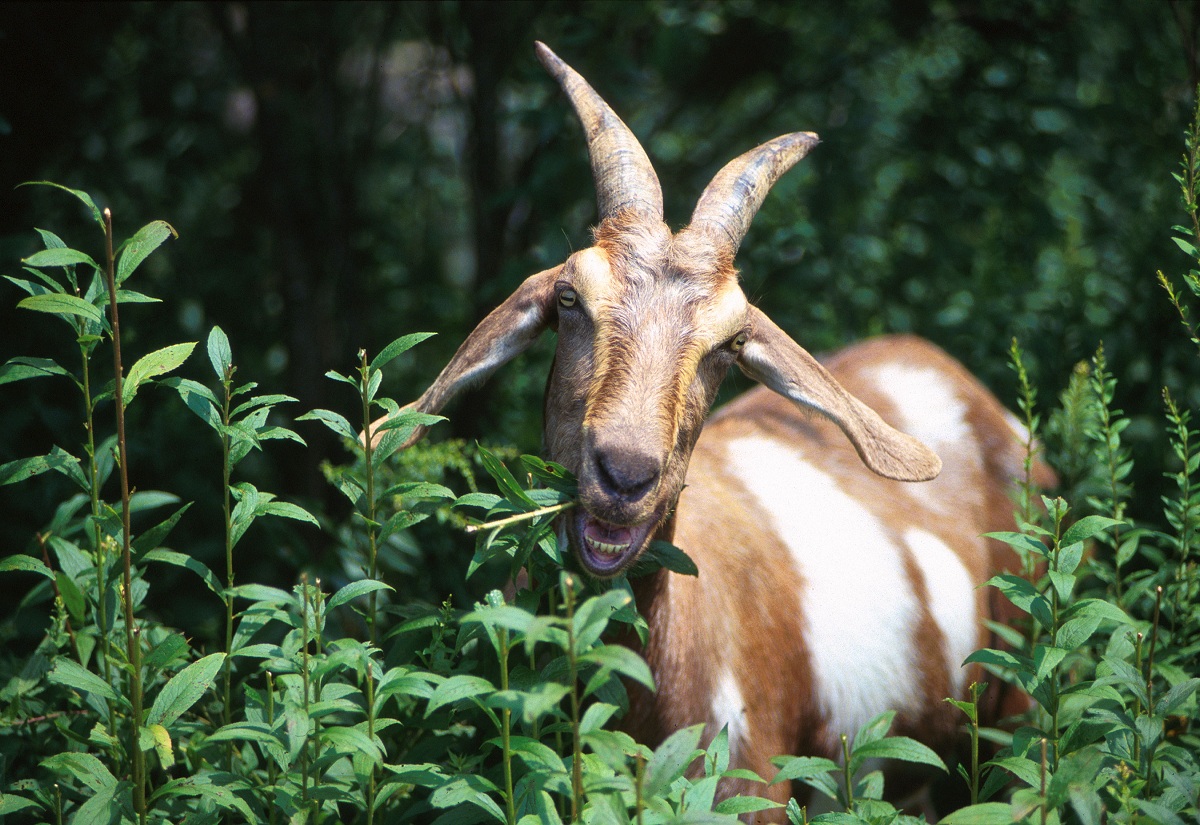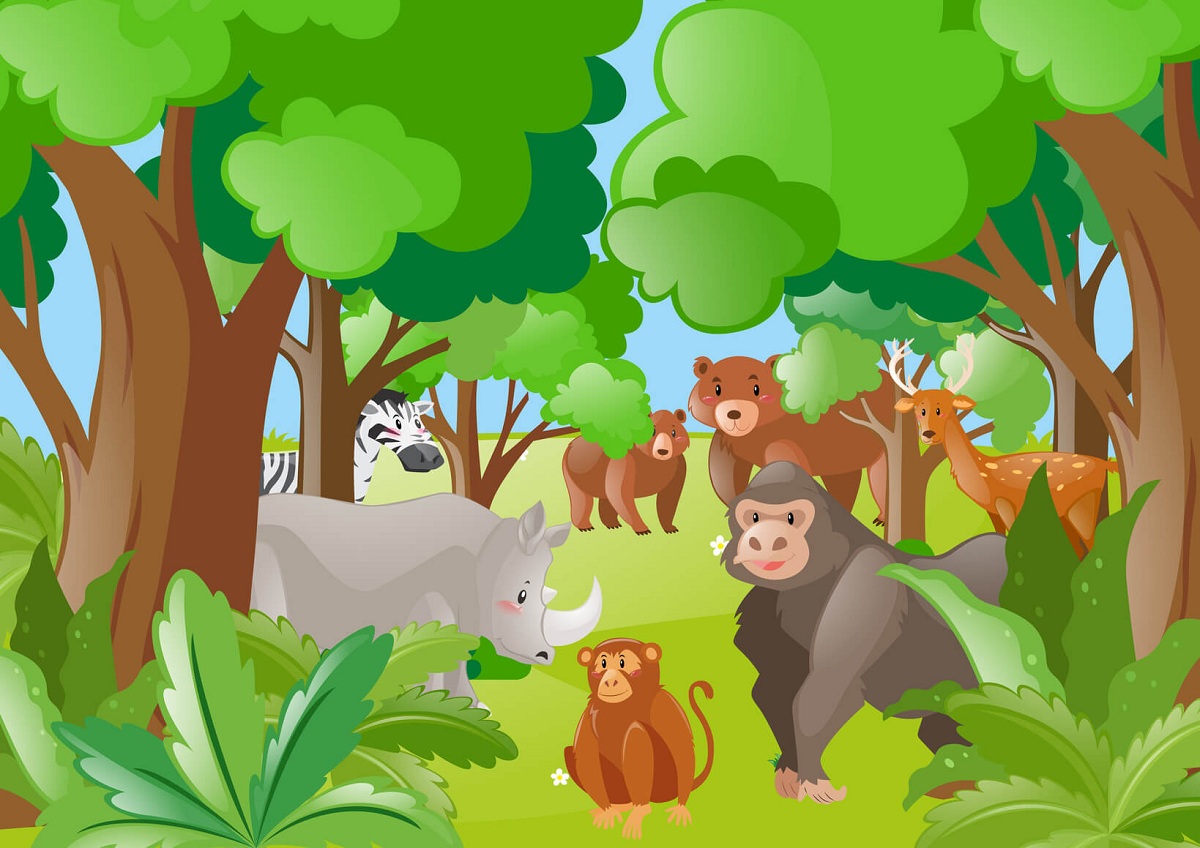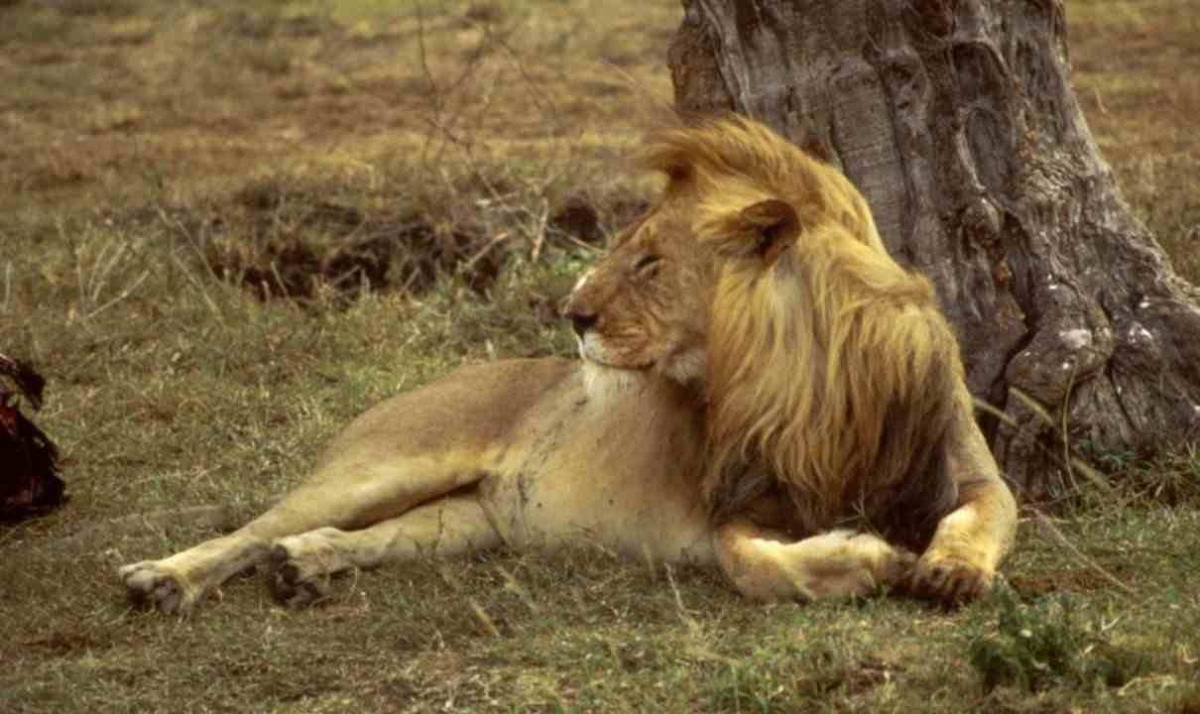
In the world there are several types of nutrition. The heterotrophic nutrition It is one in which organisms do not have the capacity to produce their own food and energy must be incorporated from the intake of organic compounds such as animal and plant tissues. There are numerous types of heterotrophic nutrition and animals that have it.
In this article we are going to tell you about all the characteristics, functioning and organisms that heterotrophic nutrition has.
Key features

The energy of organisms with Heterotrophic nutrition comes from the intake of organic compounds, such as animal or plant tissues.
For example, a rabbit that eats lettuce has this type of nutrition because it gets its food from an external source. It is like a lion eating an antelope. In contrast, plants, algae, and other organisms are autotrophic organisms because they can make their own food.
In this sense, when the elements consumed are processed and converted into simpler substances, the heterotrophic organisms obtain nutrients. These are absorbed by the body and used in different metabolic processes.
The energy sources of heterotrophic nutrition are diverse. Therefore, organisms that consume solid and liquid compounds are called holozoic, and organisms that feed on decaying substances are called organisms saprophytes. There are also parasites, which live at the expense of the host.
Heterotrophic nutrition organisms

Organisms with heterotrophic nutrition do not make their food. In the nutritional chain they are classified as consumers, because all the energy for important processes comes from the intake of food, whether of vegetable or animal origin. Therefore, large consumers, such as rabbits and cows, eat directly from producers represented by plants. As for secondary consumers, also known as carnivores, they hunt and eat primary consumers or herbivores.
Evolutionarily speaking, animals with heterotrophic nutrition have undergone anatomical and morphological changes, which has allowed them to adapt to the different diets they consume. These can include anything from soft vegetables, like lettuce and grass, to turtle shells and bones. Also, there are differences in the ratio of fiber, fat and protein content.
For example, in gorillas the lower jaw protrudes above the upper jaw, which is called the mandibular protrusion. Also, it has a very distinct sagittal crest on the skull. These skeletal features are the foundation of the strong muscle tissue associated with the jaw, allowing it to cut, grind, and grind food.
Another morphological variation occurs in the stomach. The stomachs of ruminants such as sheep, cows, deer, and goats have four parts: rumen, mesh, stomach, and abomasum, whereas humans have only one abdominal cavity.
In heterotrophic nutrition, there are multiple sources of food. Some animals eat vegetables (herbivores), others eat animals (carnivores), and some can consume both at the same time. However, the diet of heterotrophic animals is affected by several factors, including abundance of food and seasonal changes.
Importance of heterotrophic nutrition

Some organisms with heterotrophic nutrition play a very important role in nature. In relation to this, saprophytic fungi help to degrade dead substances in simpler elements. This makes it easier for plants near these fungi to absorb degraded nutrients.
Other organisms that contribute to the ecosystem are saprophytic bacteria. Due to their effect on a variety of materials, they are called nature's largest decomposers. Humans also take advantage of the powerful breakdown capabilities of bacteria. Therefore, it uses them to break down organic matter and turn it into fertilizer, which is then used as a fertilizer to promote plant growth.
PREMIUM QUALITY
Holozoic nutrition
Holozoic nutrition is a type of nutrient that organisms ingest in liquid and solid foods, which are processed in the digestive system. In this way, organic matter is excreted into simpler molecules, which are then absorbed by the body.
For example, the protein contained in meat is converted into amino acids and becomes part of human cells. After this process, nutrients are removed, including water, and the remaining particles are excreted from the body.
This type of heterotrophic nutrition is a typical feature of humans, animals, and some single-celled organisms (like amoebas). The organisms that present this nutrition are the following:
- Herbivores: the animals that make up this category feed mainly on plants. In the food chain, they are considered the main consumers. In addition, they can be classified in different ways according to the types of plant sources they consume. Herbivores include cows, rabbits, giraffes, deer, sheep, pandas, hippos, elephants, and llamas.
- Carnivores: carnivores obtain energy and all their nutritional needs by eating meat (through predation or by eating carrion). In some cases, it can live entirely on meat, which is why it is considered a strict or true carnivore. However, you can occasionally eat small amounts of vegetables, but your digestive system cannot digest them effectively. In this group are lions, hyenas, tigers, coyotes and eagles.
- Omnivores: animals that eat plants and animals fall into this category. They are versatile and opportunistic, their digestive tract can process vegetable matter and meat, although it is not particularly suitable to efficiently process some of the ingredients present in the two diets. Some examples of this group are humans, pigs, crows, raccoons, piranhas, and bears, with the exception of polar bears and pandas.
Saprophytic nutrition
Saprophytic nutrition is one where the food source is dead and decomposing organisms. From these, they obtain energy to perform their important functions. In this group are fungi and some bacteria. To break down ingested substances, saprophytes release enzymes that act on complex molecules and turn them into simpler elements. These molecules are absorbed and used as a source of nutritional energy.
This type of nutrition requires some special conditions for it to occur effectively. These include a humid environment and the presence of oxygen, although yeast does not need it for food metabolism. In addition, the pH of the medium in which it is found must be neutral or slightly acidic, and the temperature must be warm.
I hope that with this information you can learn more about heterotrophic nutrition to its characteristics.